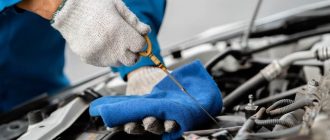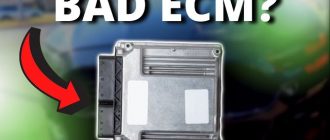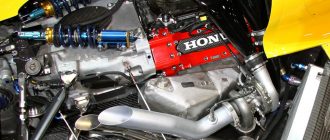## How to Build a Car Engine Assembly Kit
Building a car engine assembly kit can be a daunting task, but it’s also a rewarding one. With a little planning and preparation, you can build an engine that will run smoothly and reliably for years to come.
In this guide, we’ll walk you through the steps of building a car engine assembly kit. We’ll cover everything from choosing the right parts to assembling the engine and testing it out.
Choosing the Right Parts
The first step in building a car engine assembly kit is choosing the right parts. There are a lot of different parts that go into an engine, so it’s important to do your research and choose the ones that are right for your needs.
Here are some of the most important parts to consider:
* **Block:** The block is the foundation of the engine. It houses the cylinders, crankshaft, and other rotating parts.
* **Crankshaft:** The crankshaft converts the reciprocating motion of the pistons into rotational motion.
* **Pistons:** The pistons move up and down inside the cylinders, compressing the air-fuel mixture and creating power.
* **Connecting rods:** The connecting rods connect the pistons to the crankshaft.
* **Valves:** The valves control the flow of air and fuel into and out of the cylinders.
* **Camshaft:** The camshaft opens and closes the valves at the right time.
Once you’ve chosen the right parts, you can start assembling the engine.
Assembling the Engine
Assembling the engine is a complex process, but it can be broken down into a few basic steps:
1. **Assemble the block:** The first step is to assemble the block. This involves installing the crankshaft, pistons, connecting rods, and other rotating parts.
2. **Install the head:** The next step is to install the head. The head contains the valves, camshaft, and other components that control the flow of air and fuel into and out of the cylinders.
3. **Install the intake and exhaust manifolds:** The intake and exhaust manifolds allow air and fuel to enter the cylinders and exhaust gases to escape.
4. **Install the water pump:** The water pump circulates coolant throughout the engine to keep it cool.
5. **Install the oil pump:** The oil pump circulates oil throughout the engine to lubricate the moving parts.
6. **Install the starter:** The starter is used to start the engine.
7. **Install the alternator:** The alternator generates electricity to power the engine’s electrical components.
Once you’ve assembled the engine, you can test it out.
Testing the Engine
Before you install the engine in your car, it’s important to test it out to make sure it’s running properly. Here are some of the things you should check:
* **Compression:** The compression ratio is a measure of how well the engine compresses the air-fuel mixture. A good compression ratio is between 9:1 and 11:1.
* **Oil pressure:** The oil pressure should be between 40 and 60 psi at idle.
* **Coolant temperature:** The coolant temperature should be between 180 and 200 degrees Fahrenheit.
* **Exhaust gas:** The exhaust gas should be clear and free of smoke.
If the engine is running properly, you can install it in your car and enjoy the fruits of your labor.
Conclusion
Building a car engine assembly kit can be a challenging task, but it’s also a rewarding one. With a little planning and preparation, you can build an engine that will run smoothly and reliably for years to come.




